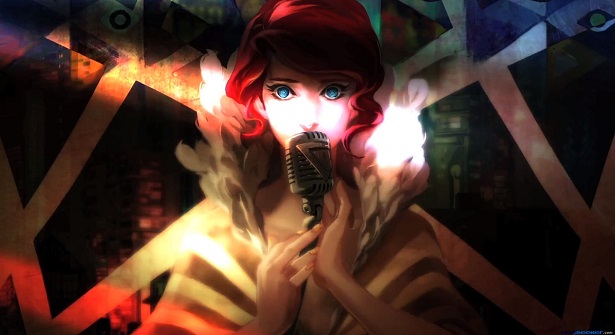So this week I’ve been doing a lot of reading about diversity and the insidious nature of racism. More specifically I’ve been looking at and thinking about something that gets called by Claude M. Steele, in Whistling Vivaldi: How Stereotypes Affect Us and What We Can Do, a stereotype threat. According to Steele, stereotype threat is the same thing that we have talked about and thought about for years in terms of the self-fulfilling prophecy of telling children that they are “bad” (and thus having them behave in the ways that they believe they are expected to).
When they were in situations where those stereotypes could apply to them, they understood that one false move could cause them to be reduced to that stereotype, to be seen and treated in terms of it. That’s stereotype threat, a contingency of their identity in these situations.
In Whistling Vivaldi, Steele details the studies that he has done that look at the self-perceptions of both African American and Caucasian students when they were faced with various and constant stereotype threats (I’ll come back another day and talk about the actual or symbolic whistling to calm the fears of racists–and sexist). Black athletes are faced with the stereotype that they are athletic, but not smart (the argument that we hear about Black quarterbacks comes to mind) while White athletes face the stereotype that they are not athletic enough. And when we look at academics female students run into the stereotype that women are just not as smart or capable when it comes to STEM subjects.
What Steele also touches upon and what I like to think about and look at is what happens to those folks, who might otherwise be allies, when they come up against stereotype threats for people other than themselves (and the fear and consideration of those threats). I am thinking about how this fear can be not only paralyzing, but paralyzing to the degree that their inactivity can be perceived as (at best) apathy and (at worst) racism and can ultimately serve the cause of racism. For instance, if we don’t start math camps for African American girls because we don’t want it to be seen as remediation and stereotyping this population as needing it because of some kind of mental deficiency, then what we ultimately do is maintain the status quo that is precipitated by racist notions of biological sex, race, and intelligence.
There are a number of ways that I see stereotype threats operating within videogame ecologies. (Ecologies are something that you’ll probably be hearing about from me a lot about in the months to come.) If we think about the way that stereotypes operate when we think about underrepresented minority groups working in and around the games industry, when we think about the ways that we label people (in terms of gamer “cred”) for playing and or admitting enjoying certain kinds of games, when we think about the fact that people who would otherwise be considered allies are afraid to speak out against inequity in the industry or problematic representations in games for fear of being labeled as just another SJW then we see that the notion of stereotype threats is one that we deal with every day outside of the academy as well.
Today what I want to talk about is the way that girls and women come up against stereotype threats when they think about playing and designing video games. This is a subject that is near and dear to my heart not only because I try to serve as a mentor to girls and women who want to work in and around the games industry but also because I have a daughter of my own. And because I see the connections between these women and young girls who play and love video games and the stereotypes that they face as early as elementary school.
Today my daughter says she wants to work in the games simply because she sees that as being with her mama does. This may or may not change as she grows older, but for this moment and time this is what she wants to do. For this reason I am more committed than ever to change the perception of girls and women in the games industry (and in STEM fields in general) not only for girls and women at large before my own daughter. I’ve talked before about the ways that we see sexism and misogyny already creeping into games culture for her as a seven-year-old girl and I can only imagine how this will worsen as she grows older and moves outside of a safe space where she is surrounded by girls and women who game, design games, and do game scholarship. But what about the girls who aren’t being nurtured in these spaces. How many of them are being convinced that they aren’t good gamers, that technology isn’t for girls even at this early age. We have seen studies that suggest that interest in STEM areas fades around the age of 12 for girls (ironically also the age when hormones kick in and when when they start to encounter more male teachers in math and science classes–there are statistically fewer male teachers in elementary education, but that’s another branch of the stereotype tree to explore).
So what are we to do for these girls? How do we support them? How do we build a safe space for them? For me, thus far, my solution has been to contribute to organizations that focus on teaching girls to code and providing them with mentors who are from under-represented minority groups. But, I want to do more. I want to go beyond doing mini-classes in my daughter’s school. I want to create programs that are accessible to low and middle income children (especially girls). I have looked at some the tech camps that are currently available for girls and they are cost prohibitive even to me. We need to look into making opportunities like this available to girls more widely, both geographically and financially. Let’s do this. Let this be our contribution to society for this moment.
And that folks, is my soapbox stand for the day.





One thought on “On Stereotype Threats and Girls in STEM (and Games)”
Great book, I read it for my work’s ‘book club’ a couple of years back and it’s been a perennial recommendation whenever discussions of race/gender/sexuality have come up.